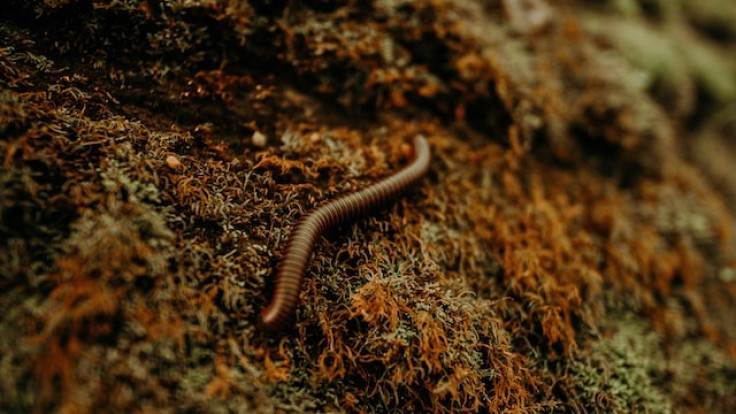
In a jaw-dropping event that is sending ripples through the international medical community, Dr. Hari Priya Bandi, a skilled neurosurgeon at Canberra Hospital, Australia, performed a highly unusual procedure last year, successfully removing a wriggling, 8-centimeter (3-inch) worm from a 64-year-old female patient's brain. What makes this case even more astonishing is that the worm was identified as the larva of Ophidascaris robertsi, an Australian native roundworm, a species never before documented as a human parasite.
Species Never Before Seen in Humans
Dr. Bandi was initially conducting a biopsy on the patient's brain, which involved drilling a hole into the skull to extract tissue samples for examination. "I remember thinking, 'What in the world is that? It made no sense. The creature was not just there; it was moving," said Bandi in an interview with The Canberra Times newspaper. The surgical team led by Bandi was equally taken aback by this unusual discovery, with many of them reportedly feeling "a bit sick" while observing the worm's vigorous movements.
Before this ground-breaking procedure, the female patient had been admitted to Canberra Hospital due to a series of worrying symptoms, including increased forgetfulness and a consistent degradation of her emotional well-being over a period of three months. Medical experts performed numerous scans that showed significant changes in her brain structure and function. Dr. Sanjaya Senanayake, a reputable infectious diseases physician also at Canberra Hospital, was equally puzzled by the case.
"I was on duty when I received an unexpected call stating, 'We have a unique patient issue here. We've just removed a live worm from her brain,'" Senanayake said, reflecting on the shocking moment. Remarkably, the patient had already been grappling with an array of mysterious symptoms for over a year. Previously, she had been admitted to a local healthcare facility in southeast New South Wales, where she presented with symptoms ranging from abdominal pain and diarrhea to a dry cough and night sweats.
"Everyone was baffled because we suspected an immunological disorder at first, but no parasite was found until this moment," Senanayake added.
During the procedure, expectations were geared towards finding either a cancerous growth or an abscess in the brain. "The entire team was stunned when Bandi's forceps revealed a living, wriggling entity instead," stated Senanayake.
After the surgery, the patient showed significant improvement. "She was so profoundly relieved to finally have an answer to the medical mystery that had been plaguing her for so long," Bandi recounted. The patient was subsequently sent home with a prescription for antiparasitic medication. Despite experiencing some residual neuropsychiatric symptoms six months after the procedure, she did not require further hospitalization.
Parasite's Natural Habitat, Transmission Theories
Ophidascaris robertsi worms are usually native to carpet pythons, and their life cycle involves their eggs being excreted in snake droppings. This, in turn, contaminates the grass that small mammals consume. Snakes then eat these mammals, completing the roundworm's life cycle.
The woman, who resides near a habitat favored by carpet pythons, regularly forages for warrigal greens, a native Australian plant. Although she had no direct interaction with the pythons, it's theorized that she may have consumed the parasitic eggs via contaminated vegetation or even from her hands.
This landmark case, meticulously documented by Dr. Bandi and Dr. Senanayake in the latest edition of the scientific journal Emerging Infectious Diseases, serves not only as the first recorded human infection by this specific Australian native roundworm but also raises significant public health questions. "Because this is a hitherto unknown infection in humans, we're monitoring her very closely," concluded Senanayake.
By shedding light on this new type of parasitic infection, the medical community gains crucial insights while also alerting the public to the potential health risks associated with environments that are home to specific animal species.